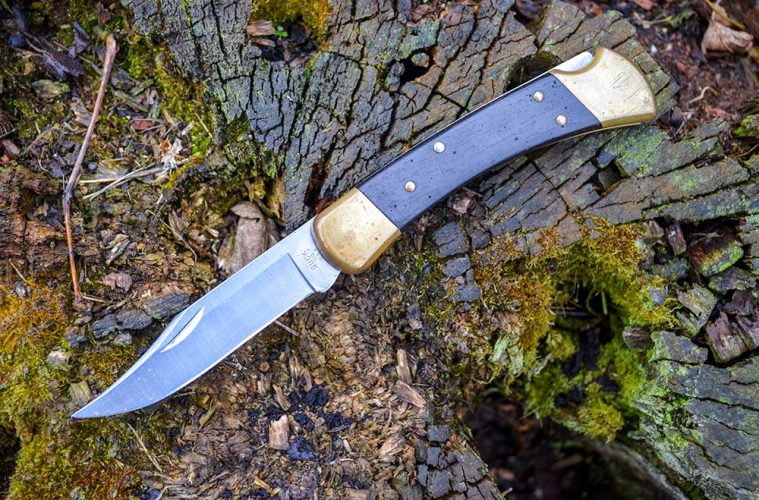For kitchen professionals, understanding the parts of a folding knife is not only essential for maintenance and safety but also for enhancing the efficiency of their culinary tasks. A folding knife, with its versatile design, is a pivotal tool in any chef's arsenal. From slicing to intricate carving, the folding knife offers unparalleled convenience. But what makes it work so seamlessly? Let's delve into the integral components of a folding knife and how they contribute to its functionality.

The Blade: The Heart of the Folding Knife
The blade is undoubtedly the most critical part of any knife. In the realm of folding knives, the blade's design, material, and shape significantly impact its performance. Most folding knife blades are crafted from stainless steel or carbon steel, each offering distinct benefits. Stainless steel blades are resistant to rust and require less maintenance, while carbon steel blades offer superior sharpness and edge retention.
The shape of the blade can vary, with common designs including the clip point, drop point, and tanto. Each shape serves different purposes; for instance, a clip point is excellent for precision tasks, while a drop point is ideal for general use. Understanding these differences can help kitchen professionals select the right blade for their specific needs.
The Handle: Comfort and Control
The handle of a folding knife is designed for both comfort and control. Materials such as wood, plastic, or metal are commonly used, each offering varying levels of grip, durability, and aesthetic appeal. For kitchen professionals, a handle that provides a firm grip is crucial to ensure precision and safety during use. Ergonomically designed handles reduce hand fatigue, which is particularly beneficial during prolonged use in busy kitchen environments.
The Pivot: Smooth Functionality
The pivot is the mechanism that allows the blade to fold in and out of the handle. A well-designed pivot ensures smooth operation and longevity of the knife. It's important to regularly clean and lubricate the pivot to maintain its functionality. For kitchen professionals, a smooth pivot translates to quick and efficient operation, which is essential during time-sensitive preparations.
Locking Mechanism: Ensuring Safety
Safety is paramount when using a folding knife, and the locking mechanism is a critical component that prevents accidental closure of the blade. Common locking mechanisms include liner locks, frame locks, and lockbacks. Each offers a different level of security and ease of use. For kitchen professionals, understanding how each locking mechanism works can aid in selecting a knife that meets their safety standards.
Additional Features: Enhancing Functionality
Modern folding knives often come with additional features that enhance their utility. These can include serrated edges for cutting through tough materials, thumb studs for easy opening, and pocket clips for convenient carrying. Kitchen professionals can benefit from these features by choosing a knife that aligns with their specific needs and preferences.
Maintenance Tips for Folding Knives
Proper maintenance extends the life of a folding knife. Regular cleaning, sharpening, and lubrication of moving parts are essential. For kitchen professionals, maintaining their folding knives ensures consistent performance and safety. Utilizing specialized tools and following manufacturer guidelines can help in achieving optimal maintenance.
To learn more about choosing the right folding knife for various needs, consider exploring this guide on pocket knives and fixed blade knives.
Conclusion
Understanding the parts of a folding knife empowers kitchen professionals to make informed decisions when selecting and maintaining their tools. From the blade and handle to the pivot and locking mechanism, each component plays a vital role in the knifes functionality. By gaining insights into these components, chefs can enhance their culinary techniques and ensure safety in the kitchen.

FAQs
What are the most important parts of a folding knife?
The most important parts of a folding knife are the blade, handle, pivot, and locking mechanism. Each part contributes to the knife's overall functionality and safety.
How often should I maintain my folding knife?
Regular maintenance, including cleaning and sharpening, should be done after heavy use or at least once a month to ensure optimal performance.
What is the best blade material for a folding knife?
The best blade material depends on your needs. Stainless steel is low-maintenance and resistant to rust, while carbon steel offers superior sharpness and edge retention.
This article contains affiliate links. We may earn a commission at no extra cost to you.


























